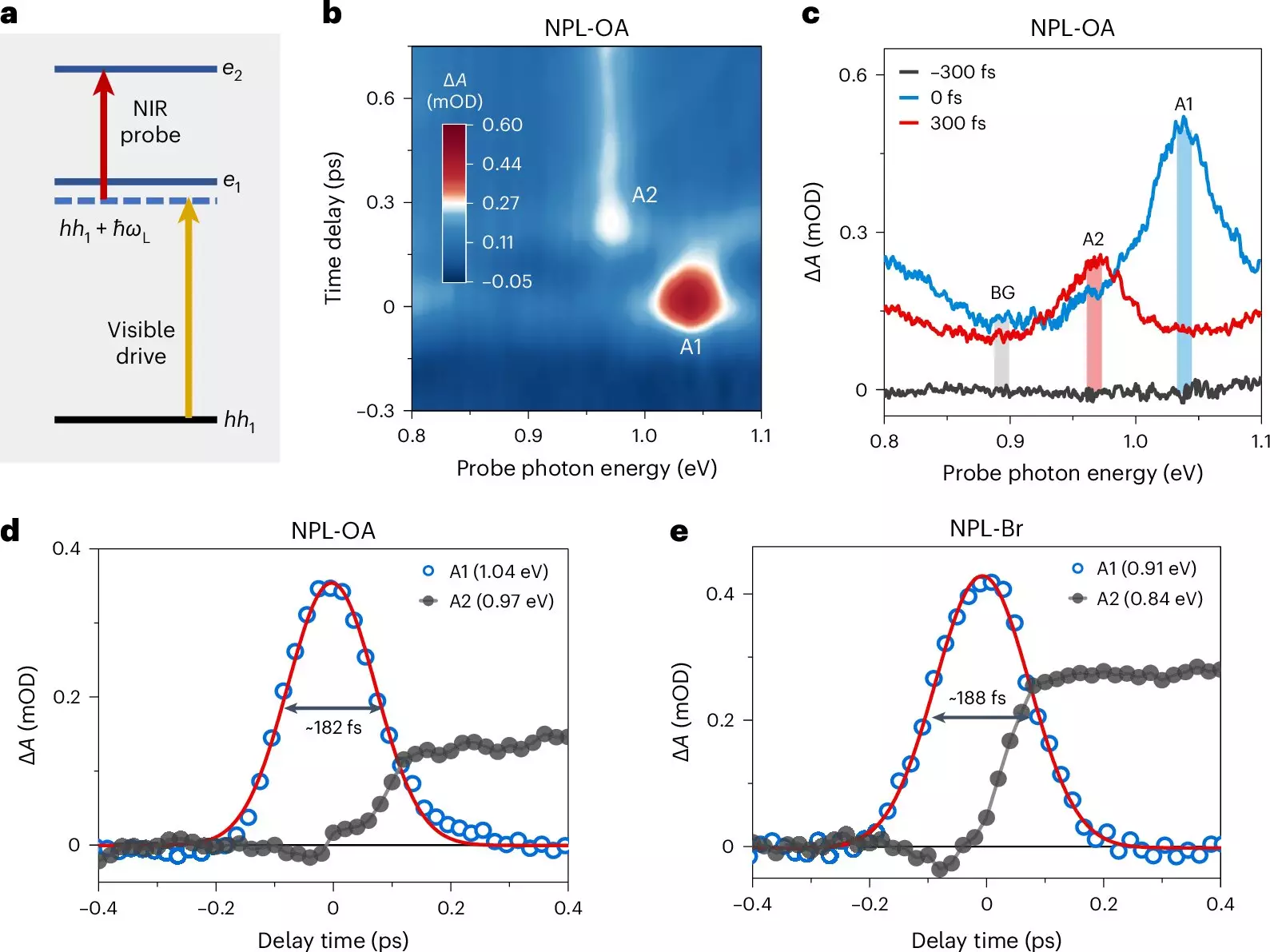The emergence of colloidal quantum dots (QDs) has marked a revolutionary milestone in the field of semiconductor research. These solution-processed semiconductor nanocrystals have intrigued scientists for their unique optical and electronic properties, which are highly dependent on their size. It is confusing, yet essential, to understand that the fundamental principles of quantum mechanics underpin these phenomena, allowing for a playground of experimentation. The recognition and subsequent exploration of size-dependent quantum effects enable scientists to visualize these quantum phenomena with the naked eye, thus bridging the gap between theoretical quantum mechanics and practical applications.
Challenges in Observing Floquet States
While the theory concerning Floquet states—the photon-dressed states arising from coherent light-matter interaction—has garnered attention, experimental validation has posed significant challenges. Researchers have previously struggled to directly observe these states, often relying on narrow-gap semiconductors subjected to low-temperature and high-vacuum environments. The methodologies demanded carefully tuned driving fields in infrared or terahertz ranges to mitigate potential damage to the delicate samples involved in experimentation. These factors have historically hindered the research community’s ability to explore quantum phenomena in real-world conditions effectively.
In an exciting breakthrough, researchers led by Prof. Wu Kaifeng of the Dalian Institute of Chemical Physics have achieved a remarkable feat: the direct observation of Floquet states in semiconductor materials using all-optical spectroscopy under ambient conditions, as detailed in their recent publication in *Nature Photonics*. By utilizing quasi-two-dimensional colloidal nanoplatelets, the team exploited the exceptionally strong quantum confinement effects present in these materials to observe the desired quantum behaviors. This advancement paves the way for future research, as it demonstrates the feasibility of investigating quantum states without the constraints of extreme environments.
The Mechanics of Floquet States
The researchers precisely harnessed the effects of the strong confinement in the thickness dimension of the nanoplatelets, enabling interband and intersubband transitions in the visible and near-infrared regions. This innovative approach resulted in the formation of a three-level system where a sub-bandgap visible photon interacted with a heavy-hole state to create a coherent Floquet state. Such dynamics allowed subsequent probing of the states via transitions to higher quantized electron states. Notably, the scientists were able to observe the phase dynamics of the Floquet states, revealing that they transitioned to real population states significantly faster than previously assumed, within mere hundreds of femtoseconds.
Prof. Wu’s findings are monumental not only for their confirmation of theoretical predictions but also for their broader implications in the field of condensed matter physics. The identification of Floquet states under conditions that are accessible and applicable to real-world scenarios opens up exciting avenues for research in dynamic control of optical responses and coherent evolution. This development holds potential for applications in quantum computing, optics, and beyond.
Furthermore, the ability to study these states in colloidal materials under non-resonant light fields could revolutionize existing methods of controlling interfacial chemical reactions, which are vital in various technological applications, including catalysis and energy conversion.
The research spearheaded by Prof. Wu and his team marks a pivotal point in the study of quantum dots and their potential applications. By successfully observing Floquet states in more accessible environments, scientists can now explore a vast array of quantum phenomena without being confined to traditional laboratory settings. As this area of research continues to evolve, the marriage of quantum mechanics with practical applications in technology could lead to unprecedented advancements in various scientific fields. Moving forward, the future of quantum dot research holds the promise of unraveling even more mysteries and innovating solutions to complex problems we face today.

